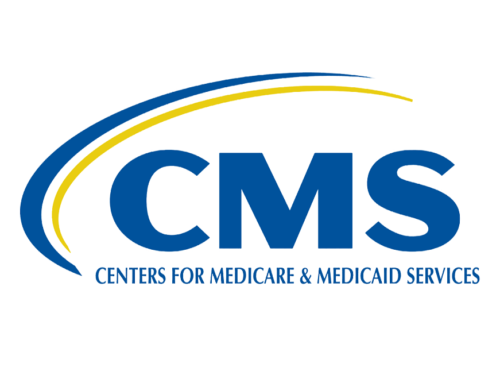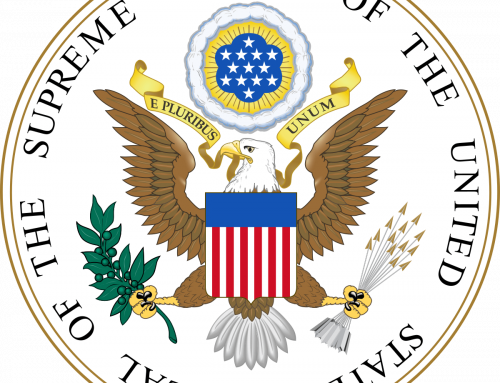CENTER UPDATE | MAY 2024
In this Issue:
• Per Person Health Care Spending Increased 19% from 2018
• States Address Surprise Hospital Facility Fees
• Lasting Financial Hardship Associated with Cancer Diagnosis
• Advancing Racial Equity in U.S. Health Care
• A Path to V-BID for Mental Health Care
• Oregon Medicaid Program Addresses Health Concerns of Climate Change
• Chronic Care Management Program Not Popular With Doctors
• Impact of HSAs on Services, Prescription Drugs, and Overall Spending
• HDHPs Disproportionally Burden Low-Income Patients
• Employers See Decline in HDHP Enrollment


Per Person Health Care Spending Increased 19% from 2018
HCCI’s Health Care Cost and Utilization Report finds spending rose to $6,711per person in 2022—19% higher than 2018—and average out-of-pocket spending was over $850. In the five-year period covered by this report, health care use went up by 4%, while average prices increased by 14%.

States Address Surprise Hospital Facility Fees
State lawmakers are increasingly seeking to address surprise “hospital facility fees” appearing on medical bills, which can add extra costs to routine services at outpatient centers affiliated with large hospital systems. These fees, meant to cover hospital operating expenses, are being applied even when patients don’t visit the main hospital campus. Some states, like Colorado and Connecticut, have enacted laws to ban or regulate these fees, while others are considering similar measures amid bipartisan concerns over rising healthcare costs.

Lasting Financial Hardship Associated with Cancer Diagnosis
A study highlighting the financial challenges faced by many working-age adults and their families following a cancer diagnosis shows nearly 60% of survivors experience financial hardship. Based on NHIS data, the research underscores the need for policies to increase access to affordable health insurance and job protections for cancer patients. Additionally, stakeholders such as employers and cancer care organizations can help mitigate hardship by offering comprehensive benefits and support services.

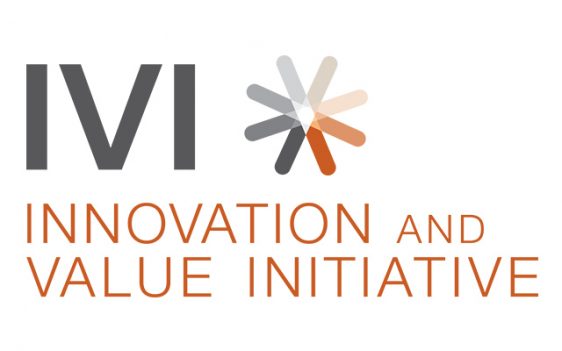
Advancing Racial Equity in U.S. Health Care
The Commonwealth Fund 2024 State Health Disparities Report assesses 25 indicators related to health outcomes, access to care, and quality of care. Despite some states showing relatively higher performance, disparities persist nationwide. Authors recommend policies to bridge the gap in 4 areas:
- Universal, affordable, and equitable health coverage
- Strengthen primary care and improve delivery of services
- Reduce inequitable administrative burdens affecting patients and providers
- Invest in social services
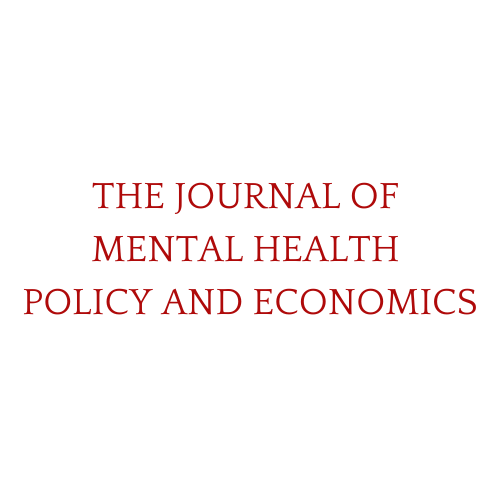
A Path to V-BID for Mental Health Services
V-BID holds promise to make high-value mental health care more affordable while discouraging low-value treatments and services. While evidence gaps remain, these gaps can be filled concurrently with pursuit of V-BID for mental health services. A recently published review of the evidence shows that V-BID can reduce consumer out-of-pocket costs associated with specific, high-value mental health services and enhance equity.

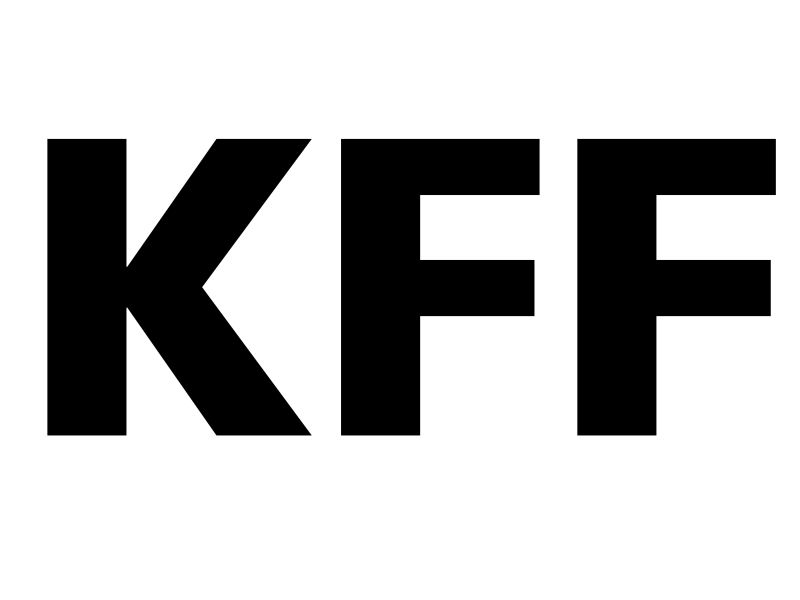
Chronic Care Management Program Not Popular with Doctors
Despite the potential benefits of the Chronic Care Management (CCM) program which rewards doctors for doing more to manage health outside office visits, only a small percentage of eligible Medicare enrollees and physicians participate. While some practices have found success with CCM, others have struggled with implementation and opt to outsource the program to third-party companies, raising concerns about patient privacy and quality of care.

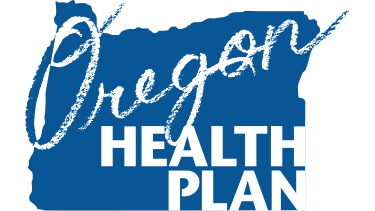
Oregon Medicaid Program Addresses Health Concerns of Climate Change
Oregon is using Medicaid funds to provide essential equipment like air conditioners and air purifiers to vulnerable residents, aiming to address the health risks of extreme weather events. This initiative expands Medicaid’s scope beyond traditional medical care, demonstrating potential cost savings and improved health outcomes for marginalized communities affected by climate change.

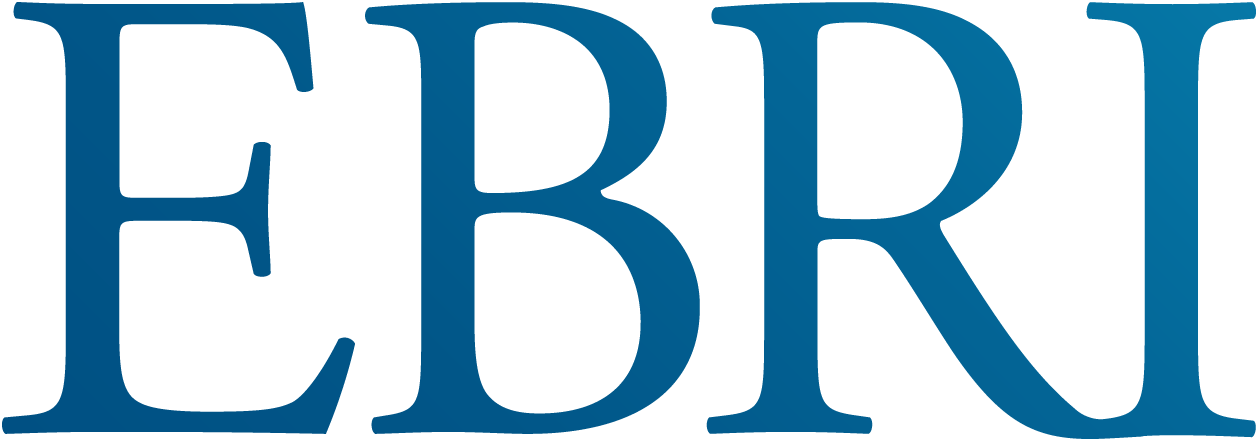
Impact of HSAs on Services, Prescription Drugs, and Overall Spending
An EBRI study has found that health savings account (HSA) eligible health plans have mixed effects on the use of health care services with no impact on overall spending. HSA plans led to higher inpatient admissions, fewer prescriptions filled, and a shift from specialist to primary care provider visits. A summary of the findings notes that spending on HSA enrollees was $60.30 lower for those with no health conditions than for PPOs overall, but $2,490 higher for those with two or more health conditions.
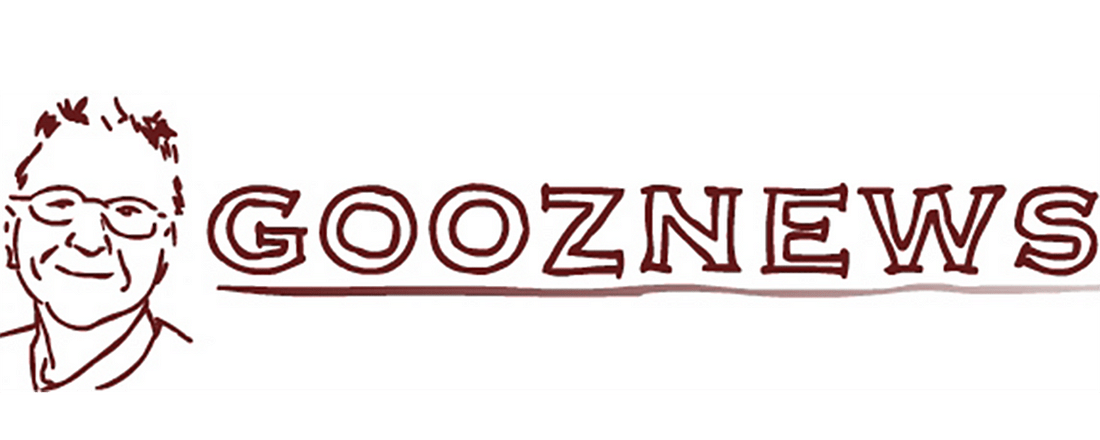
HDHPs Disproportionately Burden Low-Income Patients
According to a recent blog, the 2003 Medicare Modernization Act spurred high-deductible health plans (HDHPs) to cut costs and led to soaring medical debt, particularly for low-income individuals. Merrill Goozner explains that despite efforts for reform, the root cause remains unaddressed: HDHPs disproportionately burden the less affluent. Urgent action is needed, including stricter expense limits and improved charity care programs, to alleviate the growing crisis of medical debt.
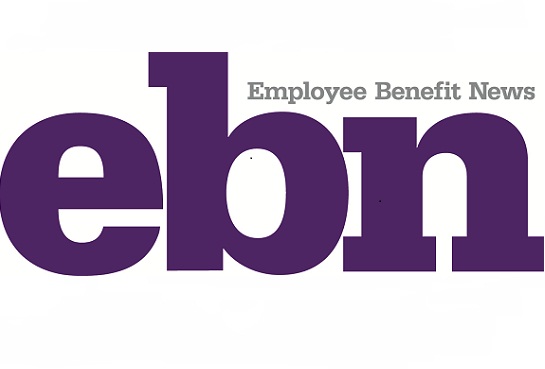
HDHP Enrollment Drops
Employer-provided high-deductible health plans (HDHPs) have seen a slight decline in enrollment, marking a potential shift in U.S. healthcare preferences. This drop suggests that employers are offering more diverse healthcare options, moving away from exclusively offering HDHPs. While HDHPs often come with lower premiums, employees may face financial risks due to high deductibles, potentially leading to debt or avoidance of necessary care.
Please Help Support the V-BID Center
As a non-profit entity, the V-BID Center relies on fundraising to support our research, education, and policy efforts. Please help us continue our work by donating here. We truly appreciate your consideration.



